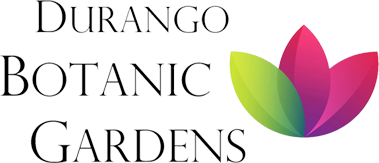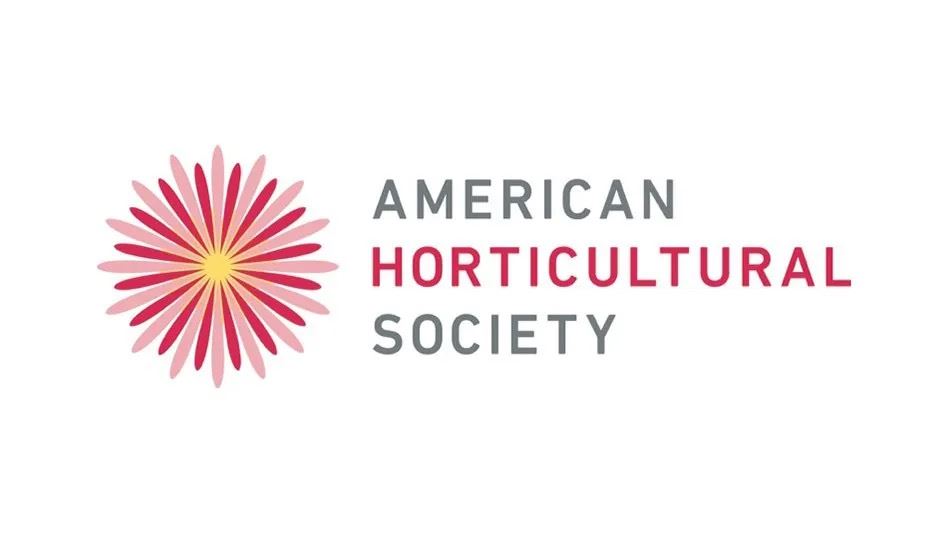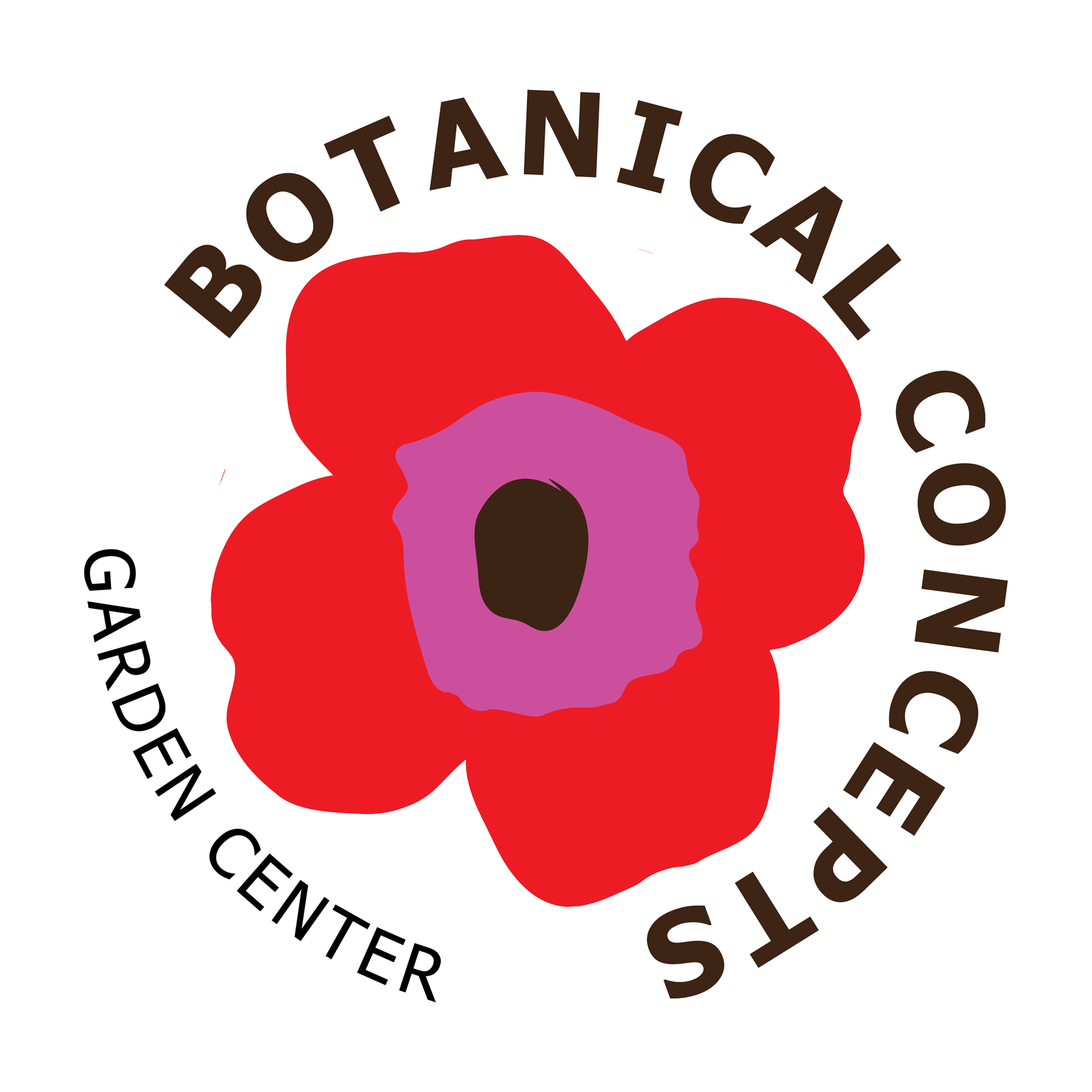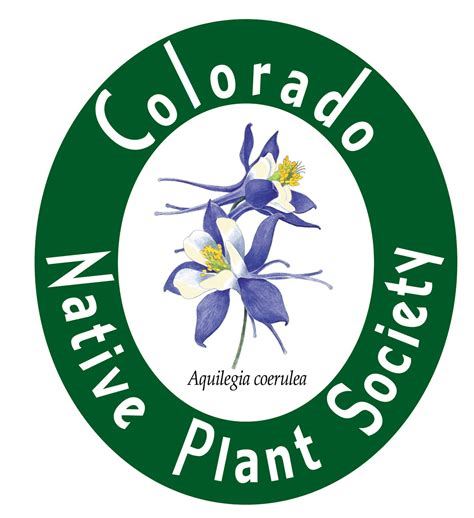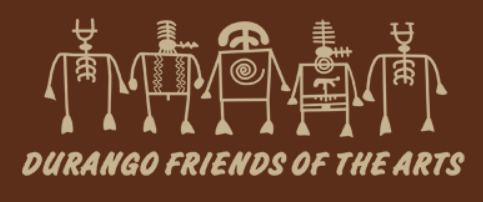Naturalistic landscape designs are aesthetically pleasing—and they're better for the environmentWith the right flowers and plants, your garden can serve as a sanctuary for native floral and fauna. "Even in novel environments as contrived as cities, our gardens can serve as refuges for wildlife in its many forms," says horticulturist Kelly D. Norris. "Planting thoughtfully only encourages the evolution of our gardens as homes for more life."
Plant native plants and groupings that benefit the ecological landscapeBy simply planting native flowers and plant groupings in your garden, Norris says you can create positive environmental change while providing food and shelter for local birds, bees, butterflies, and more. "Build your garden from a sturdy foundation of natives and near natives," he advises. "From there, just keep planting and increasing the overall diversity and complexity." If you're unsure about which varieties are indigenous to your area, Norris says checking in with a nearby native plant society or conservation group is a great place to start. "Borrow ideas from your native flora or local wild plant communities," he says. "You'll be surprised just how many native plants are out in [your local] nursery or available via mail-order sources." For more on this and other books, visit his website.
|
